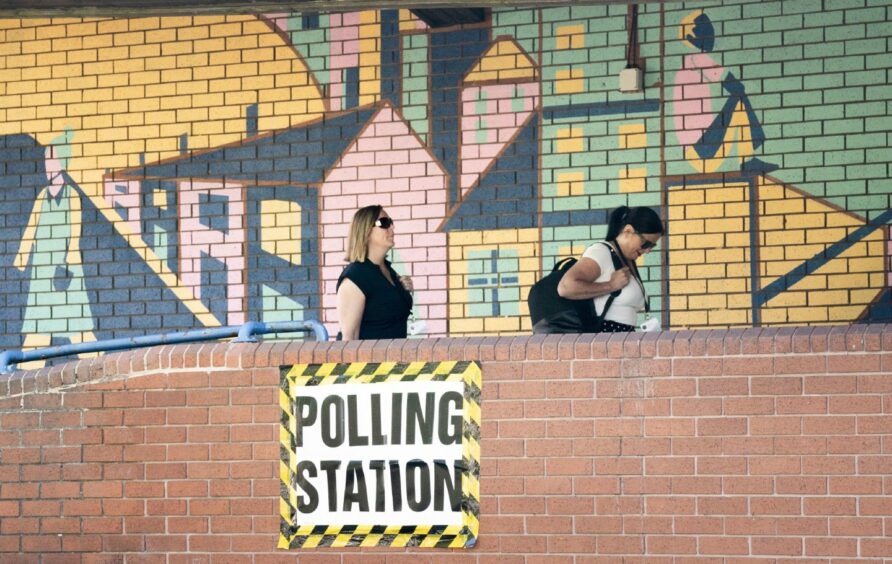Rishi Sunak called the general election right in the middle of the first week of school holidays across much of Scotland.
That means many voters who plan to be overseas on July 4 have two options: a postal vote or a proxy vote.
How does postal voting work, and how do I register?
Anyone can apply to vote by post and you do not need to give a reason.
But to vote in July’s election, either at a polling station, by post, or by appointing someone you trust to vote on your behalf as your proxy, the first step is to register to vote.
It only takes about five minutes and can be done online.
To apply for a postal vote, you will need to complete a postal vote application form and send it to your local Electoral Registration Office.
The office will also be able to tell you if you already have a postal vote.
If you’re an overseas voter, you will need to include on the form the address where you were last registered to vote in the UK.
What are the key dates?
Ballot papers are produced, printed and sent out after the deadline to become a candidate in the election has passed, usually around three weeks before polling day.
The deadline for applications is 5pm on June 19.
The completed postal ballot can be returned at any post box.
If the person filling it in is unable to take it themselves, they can ask someone they trust or contact their local authority to ask them to collect it.
The form needs to be with the local authority by 10pm on polling day to be counted.
It can be taken to a polling station or to the local authority directly on the day of the vote if it cannot be returned in time.
To apply for a proxy vote, you have to complete a form and give a reason why you can’t get to your polling station in person.
Is it safe to vote by post?
Proven cases of fraud using postal ballots are rare and those voting by post are asked to provide their date of birth and signature, which is then checked against the same information provided when applying.
Signatures and dates of birth are then separated from ballot papers before they are looked at or counted to ensure this information does not affect the secrecy of the vote.
Read more:


Conversation